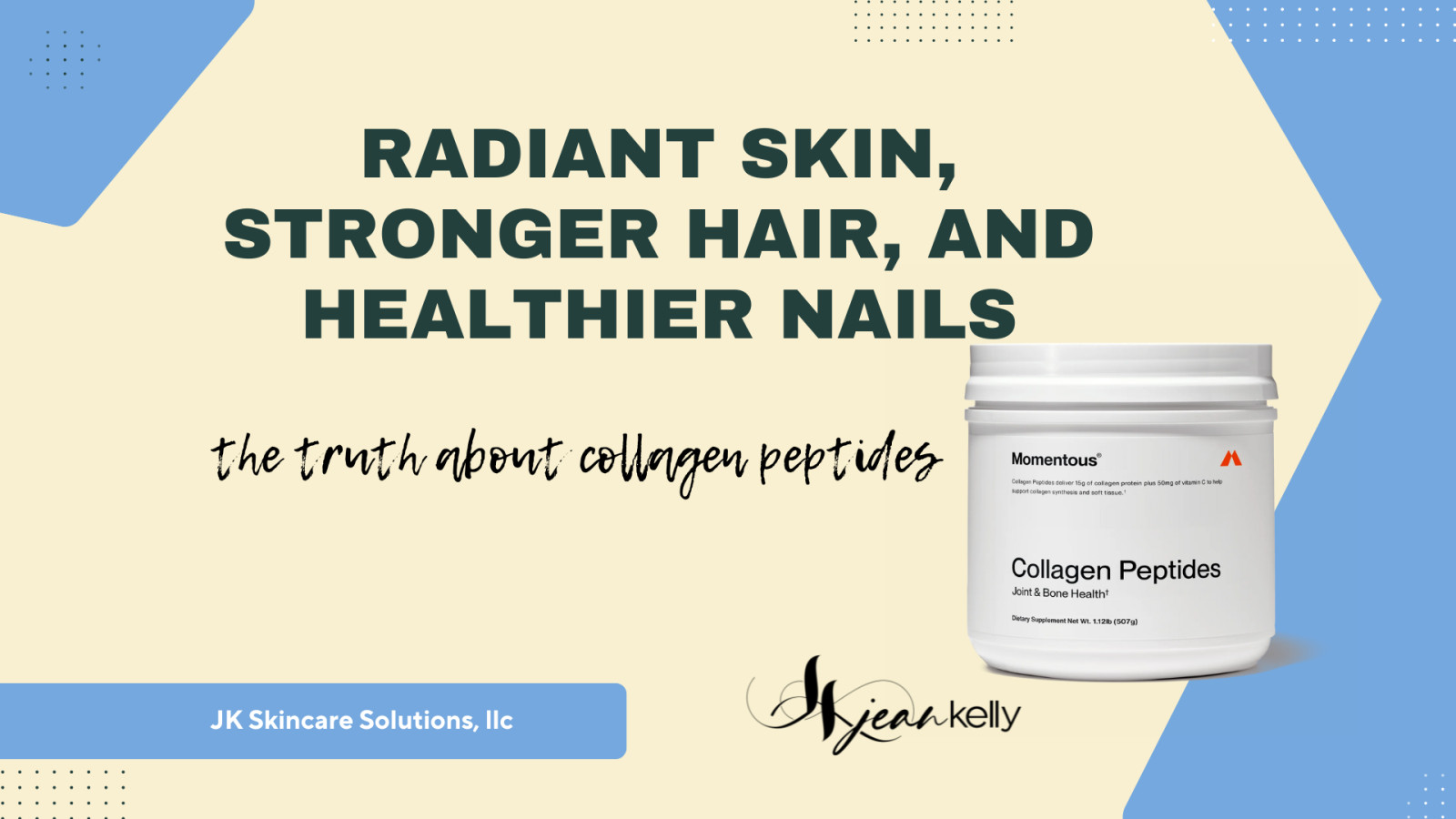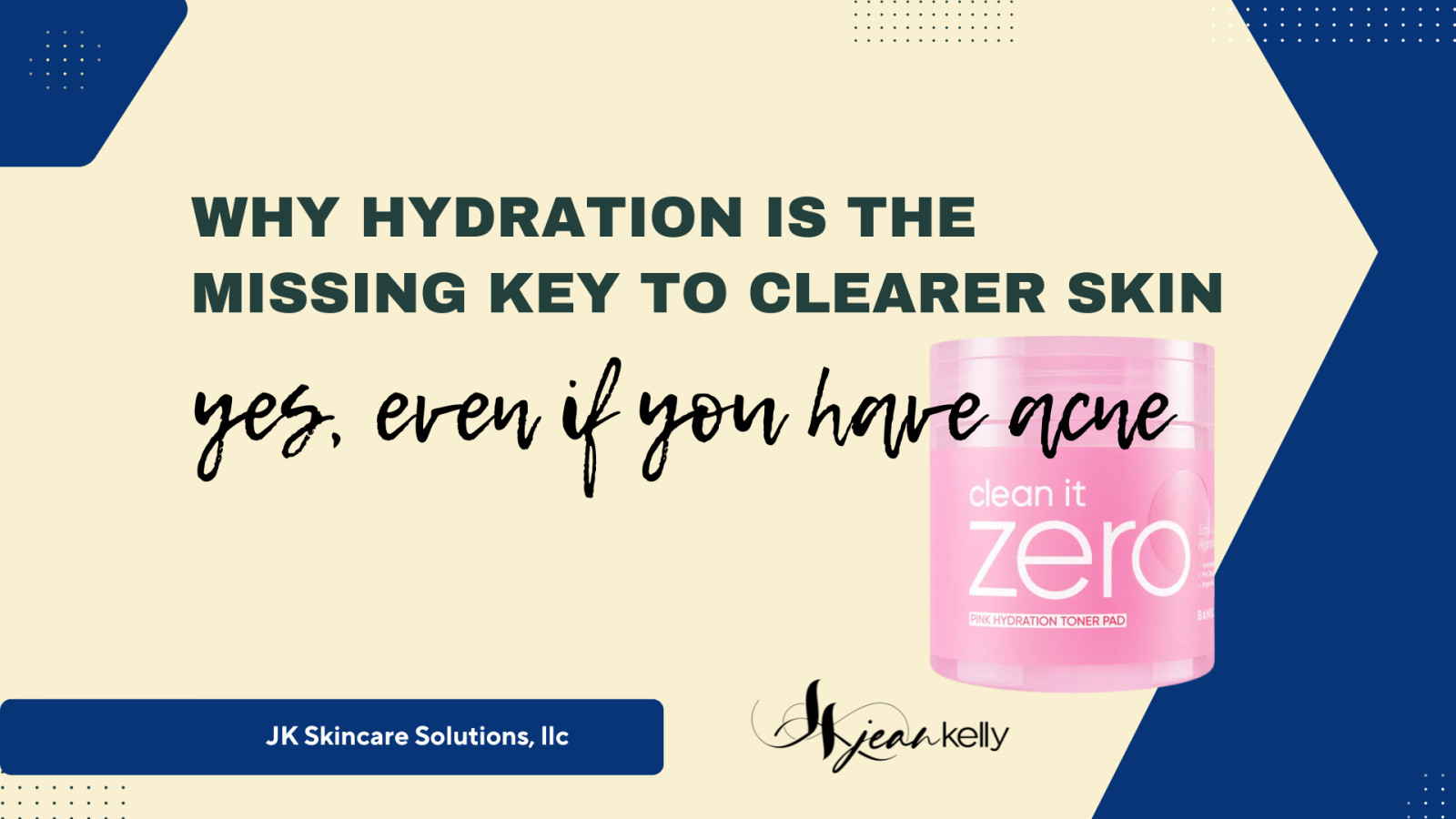
What Does Acne from Stress Look Like in Teens
Stress-related acne is becoming a growing concern among many parents who are raising teenagers. With school pressure, peer pressure, and social media anxiety, teens are facing numerous stressors in their lives, which can negatively impact their physical and emotional well-being. One of the manifestations of stress in teens is through their skin which results in acne. In this blog post, we will discuss what acne from stress looks like in teenagers, how it differs from regular acne, and how parents can help their teens manage stress and prevent acne from becoming a recurrent issue.
1) Increased Breakouts
One of the primary features of acne from stress is a sudden increase in the number and frequency of breakouts. Acne caused by stress tends to happen more frequently, and in areas where the skin is oily or greasy, such as the forehead, nose, and chin. Additionally, stress can lead to cystic acne, which spreads deeper beneath the surface of the skin, causing nodules, and often leaves the skin feeling painful to touch.
2) Persistent Redness
Another manifestation of stress-related acne is persistent redness around the affected areas of the skin. Stress triggers the release of cortisol and other hormones that cause inflammation in the body, leading to redness and puffiness in the affected skin. Redness can also be an early warning sign of chronic acne, leading to the formation of cysts, pimples, and blackheads.
3) Unpredictable & Recurring Acne Outbreaks
Acne caused by stress is often unpredictable and recurrent. With stress-related acne, teens experience sudden breakouts, despite following a skincare routine, eating healthy foods, and doing everything else right. Teens might be using the best skincare products that suit their skin type, but recurring acne outbreaks might indicate a deeper problem that can only be solved through a stress management plan.
4) Change in Skin Texture
Stress-related acne can also lead to changes in the texture of the skin. Teens might notice small bumps or whiteheads on their skin, making the skin rough or uneven to touch. Acne from stress can also cause blackheads or comedones, which are tiny, clogged pores that block the skin's sebaceous glands.
5) How Parents Can Help
Preventive measures are the best strategy for parents to manage acne caused by stress. Parents can encourage their teens to adopt a healthy lifestyle, which includes following a regular skincare routine, eating healthy foods such as fruits and vegetables, and drinking plenty of water. Parents can also help their teens to manage stress by encouraging physical activity, practicing mindfulness techniques such as deep breathing and meditation, and seeking professional counseling services if necessary. My favorite thing is to get your teens to say affirmations every day. Putting affirmations on the bathroom mirror for them to see and say to themselves or by using a coloring book with affirmations that they can color.
Acne from stress is a prevalent problem among teenagers and can severely impact their self-esteem. Parents need to be aware of the signs and symptoms of stress-related acne and provide support to their teenagers when necessary. While preventing acne altogether might not be possible, parents can take proactive measures to help their teens manage stress and prevent acne outbreaks from becoming a recurring issue. By doing so, parents can help their children feel more comfortable in their skin and reduce the negative consequences of stress-related acne.
Have a fabulous day!
Jean Kelly
Licensed Esthetician, Acne Specialist
A coloring book that is perfect for the whole family can be found HERE if you think your family would use it.
Free Guide: 6 Common Causes of Hormonal Acne can be found HERE.












0 Comments